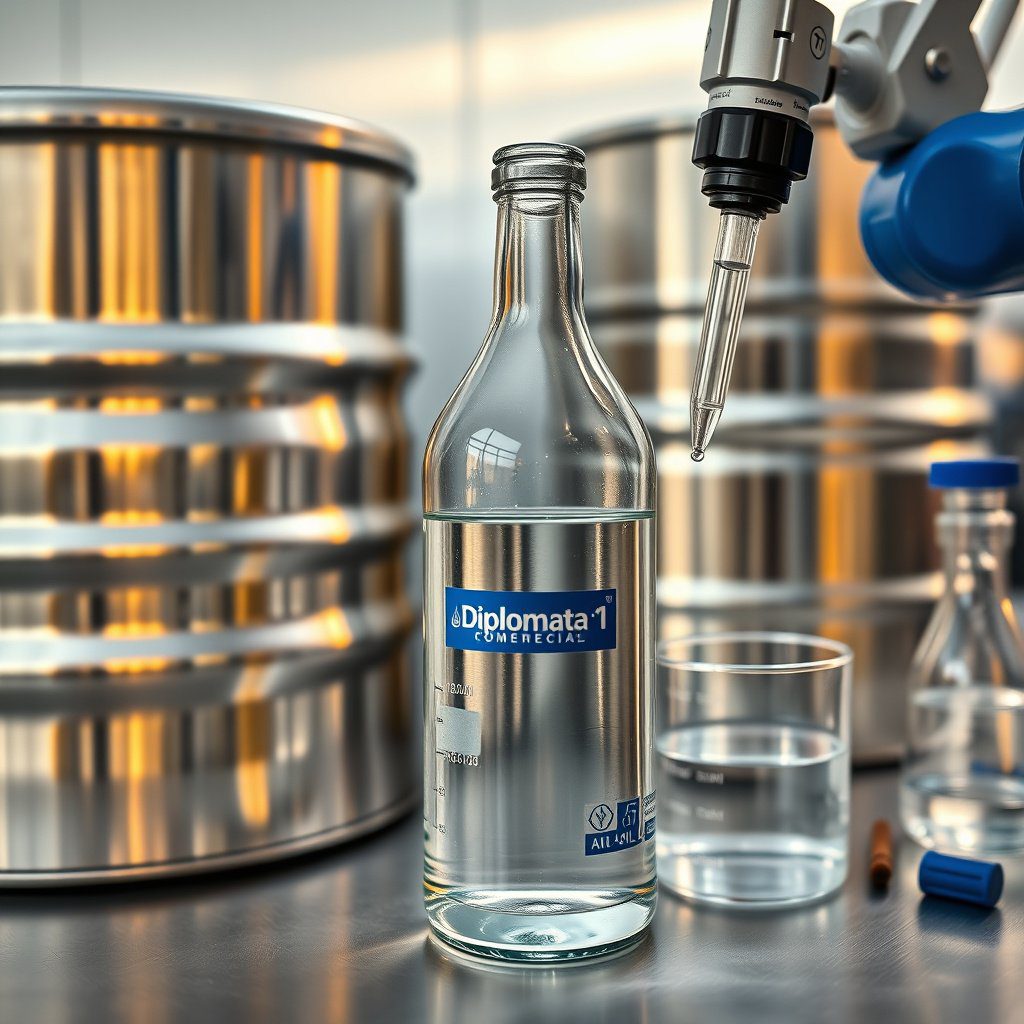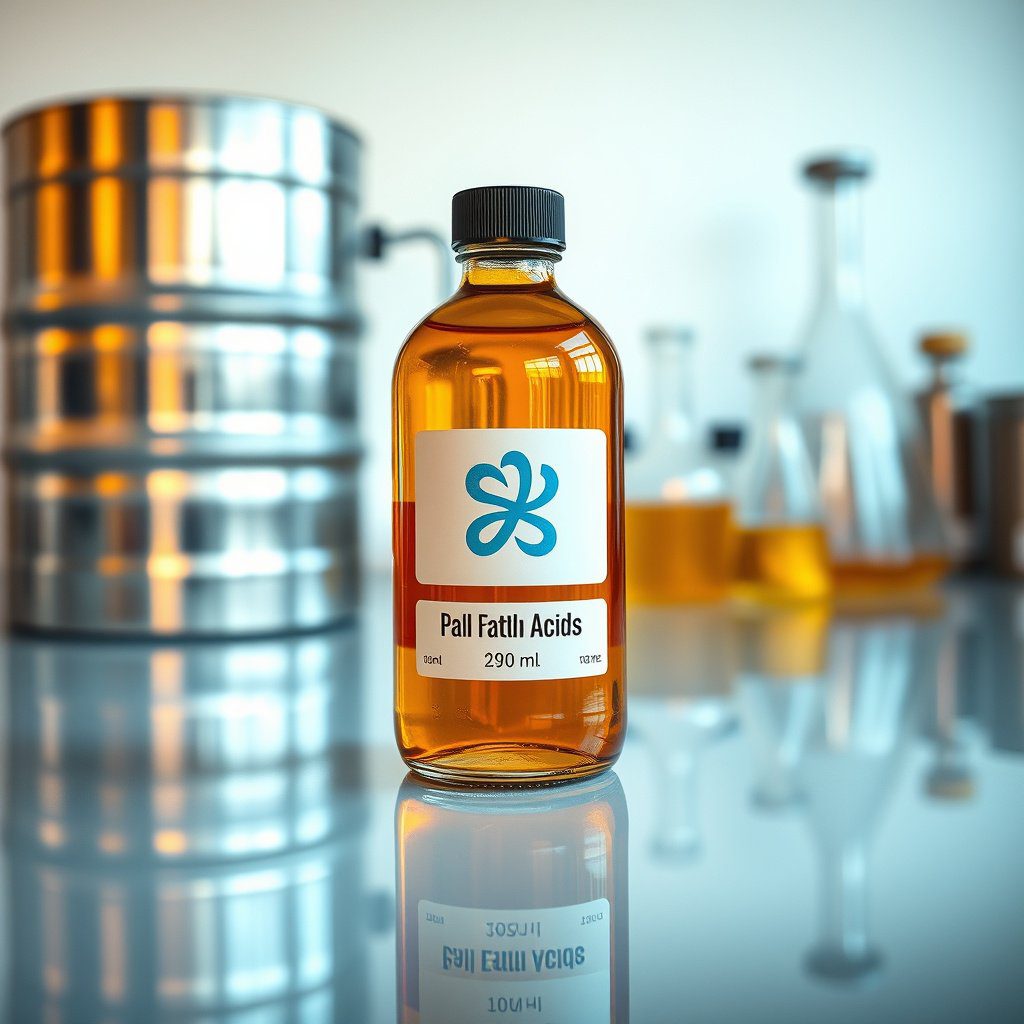Understanding Glycerin Safety Standards
Glycerin, a versatile compound used in various industries, is subject to specific safety standards to ensure its safe handling, storage, and application. These standards are crucial for protecting both workers and consumers from potential hazards associated with glycerin. Understanding these safety standards is essential for companies involved in the production and distribution of glycerin to comply with regulations and maintain high safety levels.
Regulatory Framework for Glycerin
The regulatory framework governing glycerin safety standards varies by region and is influenced by national and international guidelines. In the United States, for instance, the Occupational Safety and Health Administration (OSHA) sets forth regulations that dictate safe handling practices for glycerin. Similarly, the Environmental Protection Agency (EPA) establishes guidelines to minimize environmental impacts during glycerin production and use. Understanding these regulations is essential for compliance and safety assurance.
Material Safety Data Sheets (MSDS)
The Material Safety Data Sheet (MSDS) is a critical component of glycerin safety standards. It provides comprehensive information regarding the properties of glycerin, including its hazards, handling instructions, and emergency measures. Companies must ensure that MSDS documents are readily available to employees and stakeholders, promoting safe practices and informed decision-making regarding glycerin use.
Storage Requirements for Glycerin
Proper storage of glycerin is vital to adhere to safety standards. Glycerin should be stored in a cool, dry place, in tightly sealed containers to prevent contamination. Additionally, it must be kept away from heat sources and incompatible materials to minimize the risk of fire or chemical reactions. Implementing stringent storage protocols ensures that glycerin remains safe for use and compliant with industry standards.
Handling Procedures for Glycerin
Safe handling procedures for glycerin are outlined in glycerin safety standards to minimize exposure risks. Workers should use personal protective equipment (PPE), such as gloves and goggles, when handling glycerin to prevent skin and eye contact. Training employees on safe handling techniques is essential to mitigate potential hazards and ensure a safe working environment.
Emergency Response Protocols
In the event of an accidental exposure or spill involving glycerin, emergency response protocols must be established and communicated to all employees. These protocols outline immediate actions to be taken, including containment measures and first aid procedures. Regular drills and training sessions should be conducted to ensure that employees are prepared to respond effectively to glycerin-related emergencies.
Transportation Safety Standards
Transportation of glycerin must adhere to specific safety standards to prevent accidents during transit. This includes using appropriate packaging materials and labeling to indicate potential hazards. Companies involved in the transportation of glycerin must comply with regulations set by the Department of Transportation (DOT) to ensure safe delivery while minimizing risks to public safety.
Quality Assurance in Glycerin Production
Quality assurance is a critical aspect of glycerin production that directly impacts safety standards. Implementing rigorous quality control measures throughout the production process ensures that glycerin meets industry specifications and safety requirements. This includes regular testing and monitoring of glycerin samples to detect impurities or deviations from established safety standards.
Impact of Glycerin Safety Standards on Industry Reputation
Adhering to glycerin safety standards not only ensures compliance but also enhances a company’s reputation within the industry. Clients and partners are more likely to trust suppliers who demonstrate a commitment to safety and quality. By prioritizing adherence to safety standards, companies can position themselves as leaders in the glycerin market, fostering long-term relationships and sustaining growth.


